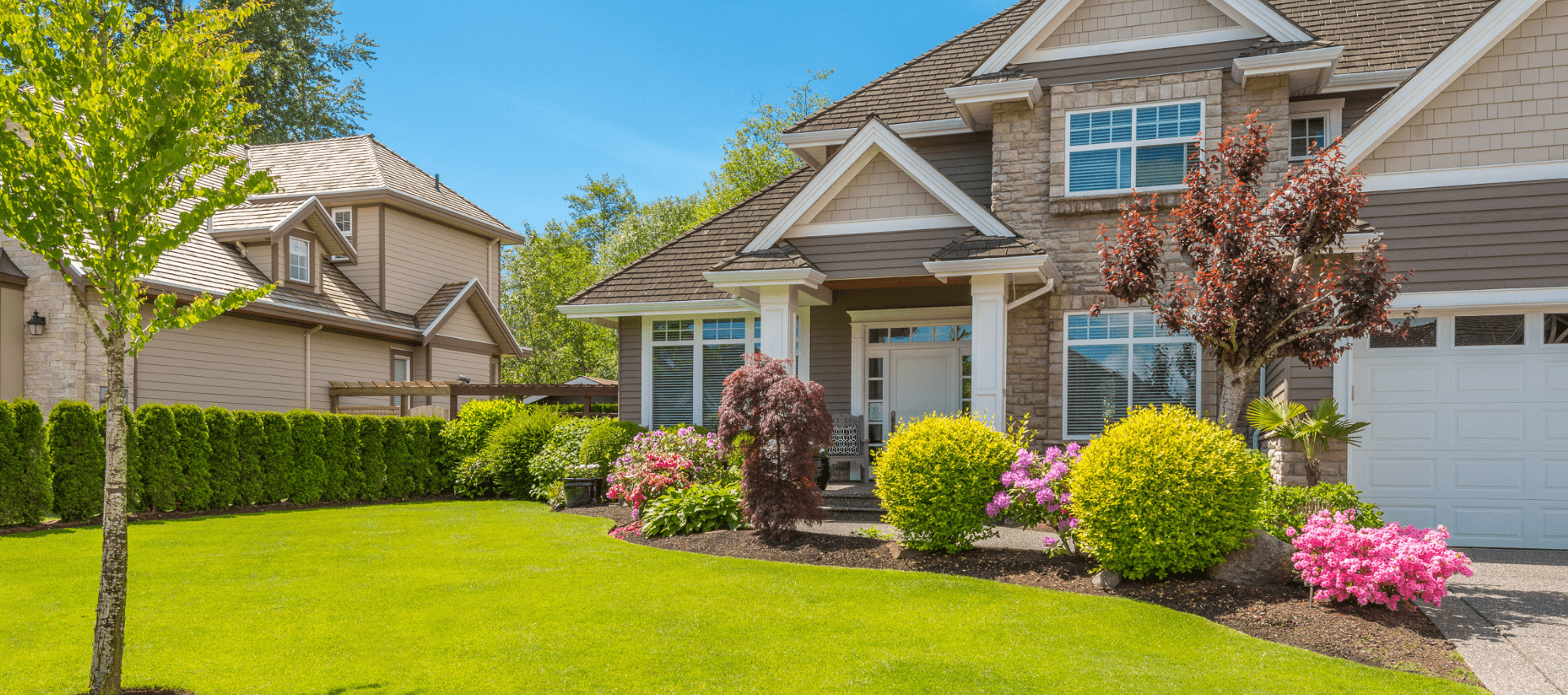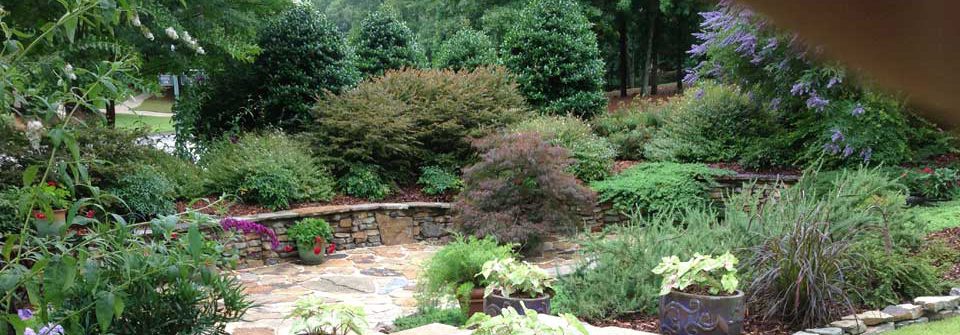Expert Landscaping Contractor Jacksonville: Transforming Your Outside Rooms
Expert Landscaping Contractor Jacksonville: Transforming Your Outside Rooms
Blog Article
Elevate Your Residential or commercial property's Aesthetic With Lasting Landscape Design Styles and Eco-Friendly Practices
:max_bytes(150000):strip_icc()/ga_7388cf91891f4602_spcms-b0289d2947bd4c4b93b807d7e4a19136.jpg)
Benefits of Lasting Landscape Design
Implementing sustainable landscaping practices not just conserves natural resources however also promotes biodiversity and boosts total ecological wellness. One substantial benefit is the decrease of water usage through the usage of drought-resistant plants, rainfall yards, and effective watering systems.
Furthermore, lasting landscape design can enhance soil health and wellness by reducing the usage of chemical fertilizers and pesticides, thereby developing a much healthier environment for plant growth and useful soil microorganisms. This, consequently, enhances the overall strength of the landscape to stand up to environmental stressors and environment adjustment effects - landscaping companies Jacksonville. In addition, lasting landscaping practices can bring in diverse wildlife, consisting of pollinators like and butterflies, cultivating an extra well balanced and lively ecological community within the home
Incorporating Indigenous Plants
To build on the benefits of sustainable landscaping, a calculated concentrate on integrating indigenous plants can better boost eco-friendly strength and advertise biodiversity within the landscape. Native plants are varieties that normally take place in a certain location and have actually progressed to grow in the neighborhood environment, dirt problems, and ecological community. By including indigenous plants in landscape design styles, homeowner can decrease water use, lessen the need for chemical pesticides and fertilizers, and sustain the neighborhood wild animals populace.
Integrating native plants also aids in maintaining the one-of-a-kind character and identification of a region's flora. These plants frequently require much less maintenance once developed, making them a cost-effective and lasting landscape design option over time. Furthermore, native plants can bring in native pollinators like butterflies and bees, adding to the overall wellness of the ecological community.
When selecting native plants for landscaping projects, it is necessary to choose species that are appropriate to the particular ecological conditions of the site. Consulting with agricultural gardens or regional baby rooms can offer beneficial advice on picking the right indigenous plants for a particular area. By incorporating native plants right into landscaping styles, homeowner can produce stunning, sustainable outside rooms that benefit both the community and the atmosphere.

Water Conservation Techniques
Effective watering methods play a vital role in sustainable landscape design practices, making certain optimal water conservation initiatives in exterior spaces. Carrying out strategies such as drip irrigation, rain harvesting, and clever irrigation systems can substantially lower water wastefulness while keeping a healthy landscape. Drip irrigation provides water straight to the origins of plants, reducing evaporation and overflow. Rain collecting involves collecting rain from roofing systems and keeping it for later usage in watering, reducing the reliance on municipal water sources. Smart watering systems utilize climate information and dirt dampness degrees to change sprinkling schedules, stopping overwatering and advertising water performance.
Along with advanced watering techniques, xeriscaping is another water-saving landscape design method that focuses on using drought-resistant plants, compost, and reliable watering to develop a low-water landscape layout - bush removal Jacksonville. By selecting native plants that are well-suited to the neighborhood climate and dirt problems, property proprietors can minimize the need for too much watering, eventually conserving water and advertising a sustainable outdoor setting
Eco-Friendly Hardscaping Concepts
Enhancing outside rooms with green best site hardscaping functions can contribute substantially to sustainable landscaping practices. When taking into consideration hardscaping aspects, choose materials like reclaimed wood, recycled concrete, or natural stone to minimize ecological impact. These materials not just include a distinct visual charm to your outdoor space yet also minimize the demand for new resources extraction.
Implementing absorptive paving choices such as crushed rock or permeable concrete can help in reducing water runoff and advertise groundwater recharge. These options permit rainwater to leak right into the ground, stopping disintegration and lessening the burden on stormwater systems.
Integrating indigenous plants right into hardscaping layouts can additionally enhance eco-friendliness by supporting regional this article wild animals and lowering the need for excessive watering or chemical therapies. By incorporating vertical yards or environment-friendly wall surfaces, you can introduce much more plants into metropolitan setups, boosting air quality and biodiversity.
Integrating energy-efficient illumination, such as solar-powered LEDs, right into hardscaping styles can minimize power consumption and lower your building's carbon footprint. Focusing on environment-friendly hardscaping concepts not just improves the appeal of your outside room however likewise demonstrates a dedication to environmental stewardship.
Maintenance Tips for Sustainable Landscapes

Regularly prune plants to advertise healthy and balanced growth and stop overgrowth that can lead to pest problems or conditions. Use organic fertilizers to nurture the dirt and plants without unsafe chemicals that can seep right into the atmosphere.
Final Thought
Finally, lasting landscape design techniques supply numerous advantages for property proprietors, from improving the aesthetic appeal of the environments to advertising environmental conservation. By incorporating indigenous plants, carrying out water preservation strategies, and using green hardscaping concepts, residential property owners can develop lovely landscapes that are likewise eco liable. With proper upkeep, lasting landscapes can contribute and grow to a healthier community for both human beings and wildlife.
Furthermore, lasting landscaping can enhance soil health by decreasing the use of chemical plant foods and pesticides, therefore creating a much healthier environment for plant development and valuable soil microorganisms.To construct upon the benefits of official source lasting landscaping, a critical focus on incorporating native plants can better enhance environmental resilience and promote biodiversity within the landscape. By consisting of indigenous plants in landscaping layouts, residential property proprietors can reduce water usage, lessen the demand for chemical pesticides and fertilizers, and sustain the local wildlife populace.
These plants often need much less maintenance when developed, making them a cost-efficient and sustainable landscape design remedy in the long run. By integrating indigenous plants right into landscape design layouts, residential or commercial property owners can produce attractive, sustainable outside spaces that benefit both the community and the atmosphere.
Report this page